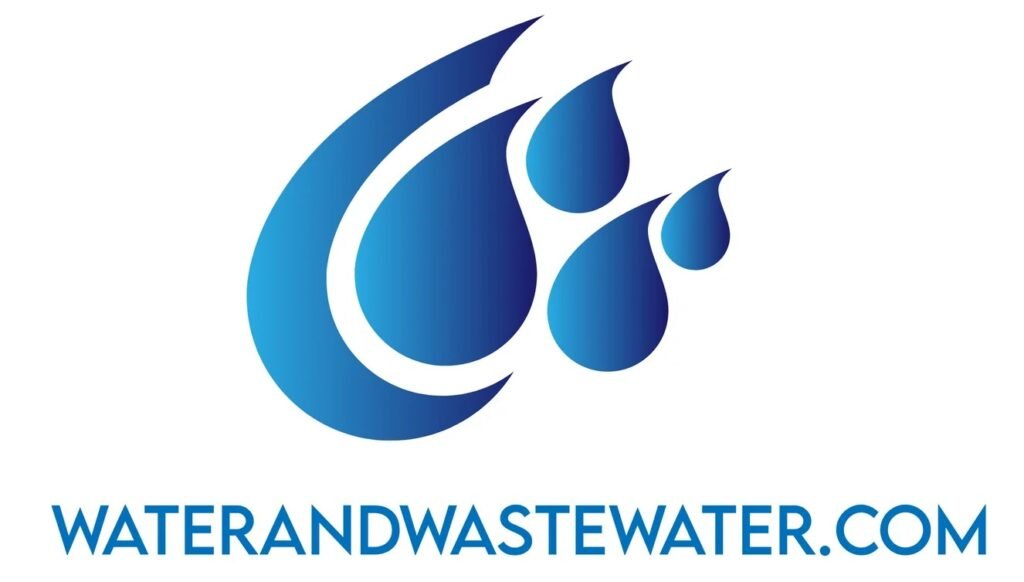
Tag: pollution
The R.M. Clayton Water Reclamation Center: Safeguarding Atlanta’s Waterways Introduction In the bustling metropolis of Atlanta, Georgia, the R.M. Clayton Water Reclamation Center (WRC) stands as an essential pillar in the city’s infrastructure. As the largest wastewater treatment facility in the southeastern United States, R.M. Clayton plays a crucial role in maintaining the […]
Introduction Municipal wastewater is a byproduct of both residential and commercial activities within a community. This wastewater is composed of a varied and complex mixture of water and pollutants, requiring sophisticated treatment processes to prevent environmental contamination and mitigate health risks. One of the most pressing concerns in modern wastewater management is identifying and understanding […]
Introduction Nestled in the southernmost part of New York State, Yonkers is part of Westchester County, often referred to as a “gateway” city due to its proximity to New York City. One critical but often overlooked facility that ensures the county runs smoothly is the Westchester County Yonkers Joint Sewage Treatment Plant (YJSTP). This […]
Located in Brooklyn, New York City, the Coney Island Wastewater Treatment Plant (WWTP) plays a critical role in ensuring public health and environmental sustainability. This state-of-the-art facility not only treats millions of gallons of wastewater daily but also illustrates the intricate balance between urban development and natural resource conservation. In this article, we delve into […]
Water scarcity is one of the foremost global issues affecting billions of people worldwide. As populations continue to grow, the demand for fresh, potable water increases, necessitating innovative solutions in water purification and desalination. Traditional reverse osmosis (RO) has long been the cornerstone technology for water purification. However, it comes with significant energy costs and […]
Water is an invaluable resource, essential to both ecological balance and human health. It is within this context that wastewater treatment facilities downtown play a crucial role. One notable example is the Columbus Jackson Pike Wastewater Treatment Plant (WWTP), a monumental facility in Ohio that has been serving the local population for decades. This article […]
Redox-Active Polymers for Water Treatment: Enhancing Environmental Sustainability Abstract Water scarcity and contamination are critical global challenges in the 21st century, exacerbated by industrialization, population growth, and climate change. Traditional water treatment methods, such as filtration, chlorination, and chemical precipitation, often fall short of addressing the complex and emerging contaminants in water bodies. […]
Nassau County Sewer and Stormwater Authority: A Comprehensive Overview In the heart of Long Island, New York, Nassau County is home to a sophisticated network of sewer and stormwater management systems overseen by the Nassau County Sewer and Stormwater Authority (NCSSA). This crucial infrastructure supports a population of over 1.3 million residents, ensuring environmental […]
Nassau County Sewer District 2 – Bay Park Sewage Treatment Plant: Championing Environmental Health and Community Wellness Introduction Wastewater management is an often overlooked but critical facet of urban living. Efficient and effective sewage treatment is essential for public health, environmental sustainability, and quality of life. Nassau County Sewer District 2, specifically the […]
Wastewater Treatment vs. Sewage Treatment: Understanding the Differences and Importance for Environmental Sustainability Introduction As global populations continue to rise and urbanization accelerates, managing water resources becomes increasingly critical. A significant aspect of this management revolves around the treatment of water after it has been used—that’s where wastewater treatment and sewage treatment come […]